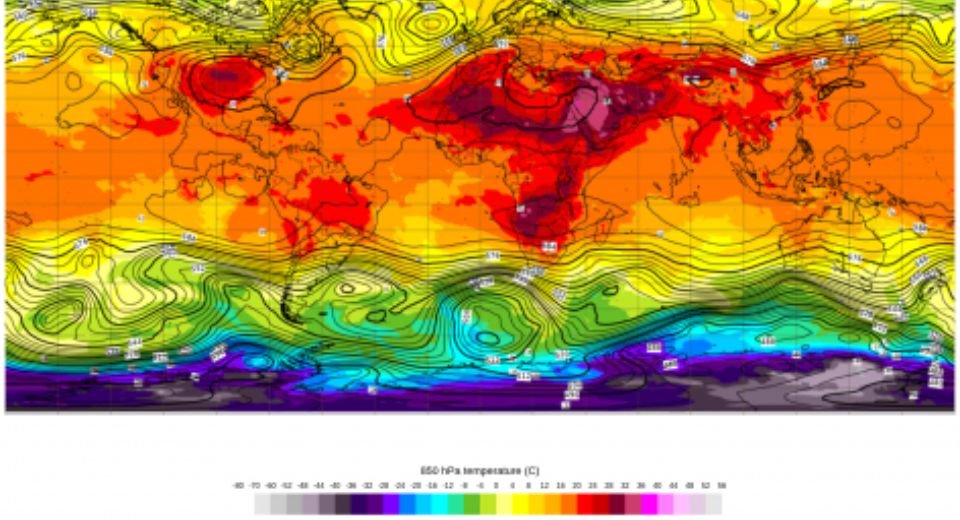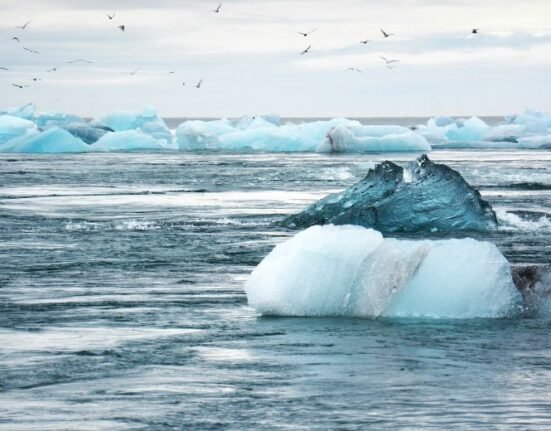HQ Team
August 21, 2023: The heat waves sweeping across the globe are the “new normal” and do not come as a surprise, Alvaro Silva, a climate expert with the World Meteorological Organization said.
“The frequency and intensity of many extremes, such as heat waves and heavy precipitation, have increased in recent decades,” Mr Silva said.
“There is high confidence that human-induced climate change from greenhouse emissions, is the main driver,” he told reporters in Geneva, according to a WMO statement.
July was the hottest month ever recorded. The high-impact weather is continuing through August.
Moderate and severe heat warnings for the third week of August have been issued by several national meteorological and hydrological services in Europe, including France, Switzerland, Germany, Poland, Croatia, Italy, Greece, Hungary, Austria, and Lithuania.
Most intense in France
During the weekend ending August 20, maximum temperatures may reach up to 40 °C in parts of southern France, according to Meteo-France.
It said it would be the most intense heatwave of the summer of 2023. This situation is due to strong high pressure and subtropical warm air from North Africa, the WMO stated.
Meteo-Suisse has issued level 3 amber alerts for most of the country, with maximum daytime temperatures between 33 and 35 °C and high night-time temperatures.
Morocco set a new national temperature record of 50.4 °C in Agadir on 11 August, as temperatures crossed 50°C for the first time.
In the United States, the US National Weather Service says intense heat will build middle in the Plains, and continue to expand this weekend and early next week to include much of the Central and Southeast U.S.
Breaking records
The maximum temperature is forecasted to be above 100 °F (38 °C) in many parts and numerous daily temperature records are expected.
Hurricane Hilary intensified to a major Category 4 hurricane on August 18, according to the US National Hurricane Center, which is WMO’s Specialized Meteorological Center.
Maximum sustained winds increased on 18 August to near 140 mph (220 km/h), with higher gusts. Rapid intensification is expected to continue before the system begins to weaken.
On the forecast track, the center of Hilary will approach the Baja California peninsula in Mexico.
Hurricane-force winds extend outward up to 60 miles (95 km) from the center and tropical-storm-force winds extend outward up to 290 miles (465 km).
Middle-East temperatures rising
Turkey reported a new national temperature record of 49.5°C on 15 August, beating the previous record of 49.1°C set in July 2021. Many parts of the Middle East also saw temperatures of above 50°C.
Spain, including Canary Islands, and Portugal also experienced extreme heat, fuelling an extremely severe fire risk.
As of 17 August, the Tenerife wildfire continued out of control, with more than 2600 ha burnt area and people evacuated in some sites.
Dry conditions, maximum temperatures above 30 °C, night temperatures above 20 °C, peak wind gusts above 50 km/h were observed on 16 and 17 in some AEMET weather stations of Tenerife.
Japan has also suffered a prolonged heatwave, with many station records broken, according to the Japanese Meteorological Agency, which issued concurrent warnings for torrential rain and typhoon-related floods.
600 wildfires in Canada
In Canada, record-breaking wildfire season continued on its path. More than 600 wildfires were out of control in Canada as of August 17.
In total, there are more than 1,000 active fires, including 265 in the Northwestern Territories near the Arctic Circle. Authorities issued an evacuation order for the town of Yellowknife.
Environment and Climate Change Canada issued heat warnings in western Canada and widespread poor air quality warnings.
Some daily temperature records were observed for example in Lytton, a new August temperature record of 42.2 °C on 15 August 2023. The old record of 40.6 °C was set in 1967 and records in this area have been kept since 1921.









8 Comments